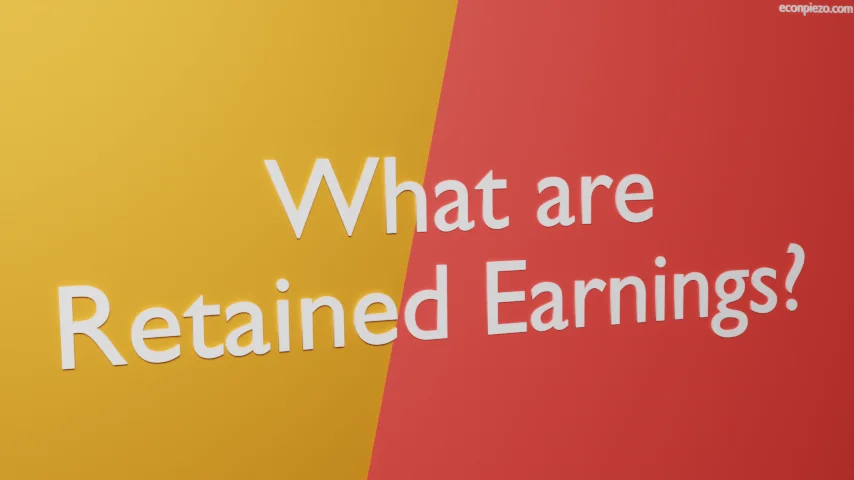One crucial component of the Balance Sheet that some of us would overlook is Retained Earnings. It is directly related to the Net Income. If Net Income rises then it would increase retained earnings. Apart from that, stock and cash dividends decrease Retained Earnings.
On the other hand, if there is a loss then that would reduce Retained Earnings.
Retained Earnings Formula
Use the following equation to calculate Retained Earnings:
Retained Earnings = Retained Earnings Beginning Balance + Net Income (or Loss) – Stock Dividends – Cash Dividends
Furthermore, if you analyze a company’s financials. Then, Retained Earnings can be found in the company’s Balance Sheet. Look under the Stockholders’ equity component.
So, we have understood that a company can choose to retain earnings. But, what purpose does that fulfill?
The portion of Retained Earnings can be utilized to reinvest in the business itself. This can happen through capacity expansion, R&D, and at times hiring the right talent. That may help the company grow.
Besides, it can also use the amount for Mergers and Acquisitions or pay an outstanding debt. So, it has to find the perfect balance where investors are given out dividends and still, there is enough money available to grow its business. At times, the company may choose to entirely skip dividends. That also works perfectly as investors are later rewarded if the business grows.
But, in most cases, the company uses a balanced approach.
It is worth mentioning here that, through the statement of operations we can identify if the company has made some money in the previous quarter. Its revenue and net earnings could grow. But, that doesn’t always mean it is Retained Earnings positive.
Retained Deficit
When the Retained Earnings are negative, we use the term: Retained deficit. So, one may find net earnings growth in the statement of operations. But, it could be running a Retained deficit. And, when that happens then the company may find it tough to hand out cash and stock dividends. For capacity expansion, it may have to look for other sources.
There are other parameters that can influence the decision of a company and change the way it functions that we won’t cover in this article. Let’s understand it through an example. If a company is running a Retained deficit for several years then, things may not be quite smooth even if it gets net earnings positive for the short term. On the other hand, if it has Retained Earnings in the past then, negative net earnings for a quarter or two may not impact it much.
Overall, we have to assess the impact of Retained Earnings or Deficit on a company on a case basis.
Important: This material is provided only for information purposes only. It doesn’t constitute investment advice. We shouldn’t be held liable for the investment decisions readers take. We encourage readers to act at their discretion.






